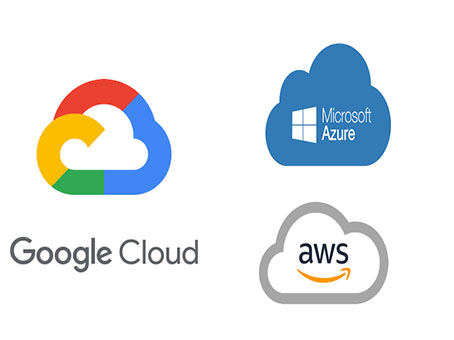
Active Directory
Active Directory (AD) is a directory service developed by Microsoft for Windows domain networks. It is used for managing computers and other devices on a network, providing various functionalities for user and resource management, authentication, and security. Here’s a comprehensive overview of Active Directory, its components, features, and benefits:
Active Directory (AD)
Key Components of Active Directory:
- Domain: A domain is a logical grouping of network resources, including users, computers, and services, managed as a single unit. Each domain has its own security policies and relationships.
- Organizational Units (OUs): OUs are containers within a domain that help organize users, groups, computers, and other OUs. They enable easier management and delegation of administrative tasks.
- Domain Controllers (DCs): DCs are servers that store a copy of the Active Directory database and are responsible for authenticating and authorizing users and computers within the domain.
- Global Catalog: A distributed data repository that contains information about all objects in the directory for every domain in a forest. It speeds up searches across multiple domains.
- Forest: A collection of one or more domains that share a common schema and global catalog. A forest represents the top-level structure in an Active Directory hierarchy.
- Trust Relationships: Trusts are established between domains to allow users in one domain to access resources in another. Trusts can be one-way or two-way.
- Group Policies: A feature that enables centralized management of user and computer settings across the network. Administrators can enforce security settings, software installations, and more.
Features of Active Directory:
- Authentication and Authorization: AD provides secure authentication mechanisms for users and computers. It verifies identities and determines access rights to resources.
- Single Sign-On (SSO): Users can log in once and gain access to multiple applications and resources without needing to re-enter credentials.
- Scalability: Active Directory can scale from small networks with a few users to large enterprises with thousands of users and devices.
- Replication: Changes made in one domain controller are automatically replicated to other DCs in the domain, ensuring consistency and reliability.
- Secure Access: AD supports various security features, including Kerberos authentication, which protects against replay attacks and eavesdropping.
- Auditing and Reporting: Active Directory provides auditing capabilities to track changes and access, helping organizations comply with regulations and maintain security.
Benefits of Active Directory:
- Centralized Management: Simplifies the administration of user accounts, security policies, and resources, making it easier to manage large networks.
- Improved Security: Enhanced security through centralized authentication, group policies, and access controls.
- Efficiency: Streamlines user provisioning and de-provisioning, reducing the time and effort needed for account management.
- Resource Sharing: Facilitates resource sharing among users in a network, allowing for collaboration and efficient use of resources.
- Integration with Other Services: Works seamlessly with various Microsoft services (like Exchange and SharePoint) and third-party applications, enhancing overall functionality.
Common Use Cases:
- User and Group Management: Creating and managing user accounts and groups for efficient access control.
- Access Control: Defining permissions and access levels for files, applications, and services.
- Group Policies: Enforcing security settings, software updates, and configurations across multiple devices.
- Network Resource Management: Managing network printers, shared folders, and other resources.
Conclusion:
Active Directory is a powerful tool for managing users, computers, and resources in a networked environment. Its comprehensive features and benefits make it a vital component for organizations looking to improve security, streamline administration, and enhance user management. By leveraging Active Directory, organizations can effectively manage their IT resources and enforce security policies, ensuring a secure and efficient computing environment.
24x7 Online Expert Support
